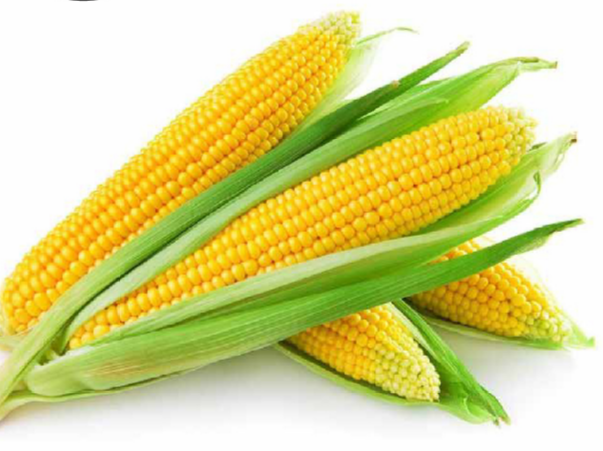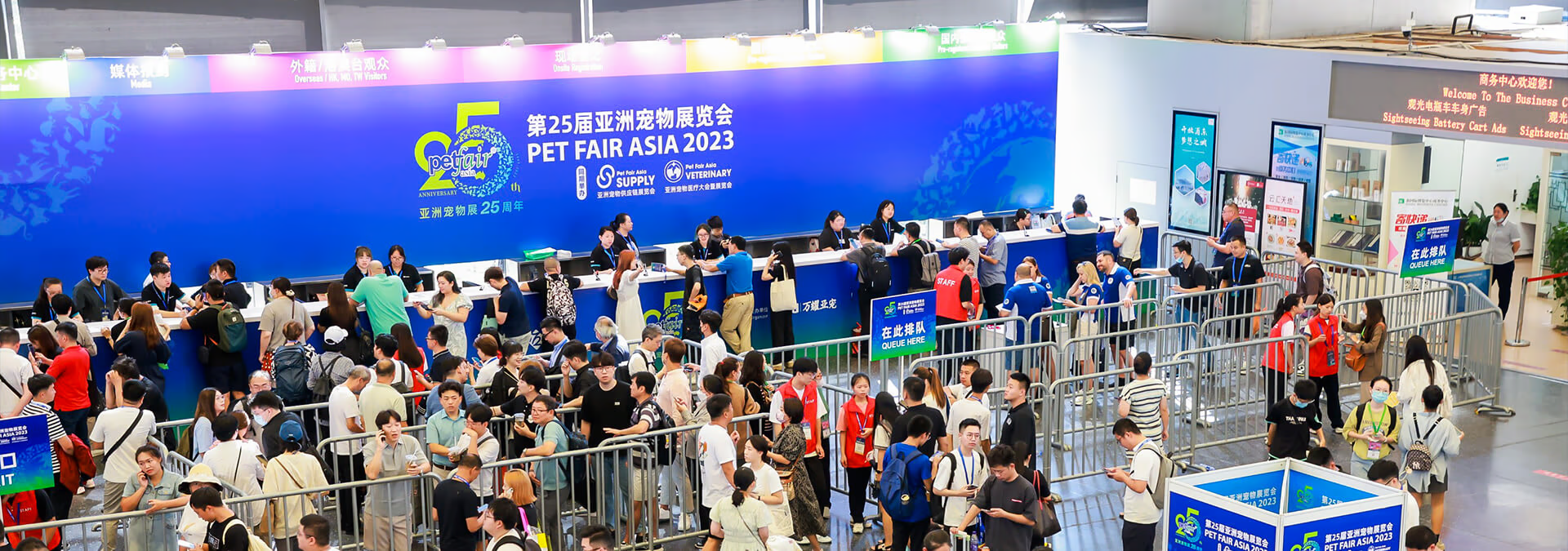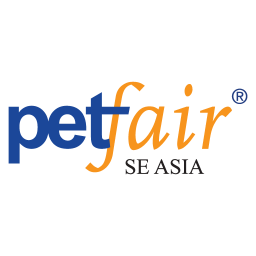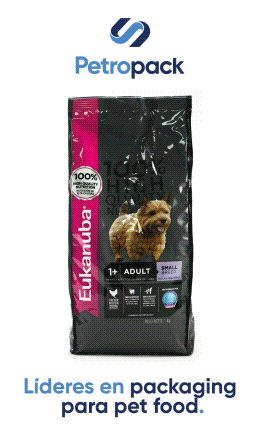I received the photo above from a friend, obviously as a joke.
Today's news is that China anticipates shortages and is beginning to pressure its growers to seek alternative ingredients for corn and soybeans!
We always had abundant availability of corn and soybean meal, and this necessarily led us to an interesting situation from an engineering point of view:
"Very few factories have more than 12 dosing silos on the scales, being more common to find 6 silos or 9 silos at most.."
With regard to storage outside the factory house, we often find flat or conical bottom corrugated silos for corn, medium capacity cone bottom for soybean meal, and at most one or two out-of-house storage options for other grains, such as sorghum or wheat
As a general rule, the distribution of the dosing silos is as follows:
- 2 corn silos that are dosed together to speed up dosing time.
- 1 or 2 silos of soy meal
- 2 silos of meat meal, with different nutritional matrices (generally for the contribution of Phosphorus in the formula).
- 1 silo for any ingredient of opportunity or that appears in the guarantee levels and whose inclusion is mandatory (most common in PET FOOD).
- And finally, a small battery of mini silos for salt, mineral ingredients and premixes.
The situation becomes even more restricted when it comes to PET FOOD factories. In addition to the 6 (six) silos mentioned, it is mandatory to have two or three additional silos for different types of extrusion reprocessing, (e.g. Colored) two or three additional silos for viscera meal, meat meal with high content of protein with different addition matrices - And that's if you want to work right on the low-cost formulation regimen, and not just formulate on average batch nutrients - in which case you lose a lot of money.
In short, the 'convenient' engineering situation of having very few dosing silos was generated by the abundance of corn and soy flour throughout the year ... sometimes more expensive, sometimes cheaper, but always with a good offer.
In more than one visit to feed mills in Europe, I noticed that the situation there is usually totally different. I have seen factories in the Netherlands with around 30 to 40 (forty) ingredient dosing silos on multiple scales.
An excellent port structure and capillary network of channels bring ingredients from all over the world to the factories, usually built on the banks of the canals, thus allowing the unloading of huge ships through a system of air aspiration and transport by dilute phase.
Cassava flour from Thailand, dried coconut pulp from the Philippines, beet pulp from Russia, different grains and brans from different parts of the world, just to name a few .... and they also use corn and soybeans.
Currently, in factories, the low availability of dosing silos is an important limiting factor for Purchasing / Logistics. Offering an opportunity batch of an alternative ingredient faces the following barrier response: "We don't have a dosing silo to put this in." The buyer's argument is: 'But can't it be put by hand in the mixer? ":
a-) It does not work ... unfortunately the system is automated and the option would be in small batches in the container, without adequate weight control "
b-) This ingredient needs to be ground first, and we do not have post-grinding silos, nor a dosing silo.
The lack of additional dosing silos leads to a situation where it is virtually impossible to incentivize PURCHASES that charge to seek alternative ingredients of opportunity ...
Here we have a serious problem, China desperately needs to reduce the cost of inputs in its feed, and has already started a frantic search for ingredients of opportunity that allow carrying out the announced "cut", or reduction of corn. and soy ... And this action will make things even more difficult here, and in other countries.
I recommend to all factories facing similar problems:
1-) For PET FOOD FACTORIES and BALANCED FACTORIES
To the extent of available spaces, make a "cluster" of 4, six or nine dosing buckets on the scale (s), (simultaneous weighing) and include it in the automation. And encourage Purchases to occupy them.
2-) For PET FOOD FACTORIES
In addition to the suggestion in item 1, look for 'functional ingredients' on the market that are difficult to process with a single screw extruder, considering the possibility of purchasing a twin screw extruder.
ADVANTAGES OF USING THE DOUBLE SCREW:
- MAY EXTRUDE MATERIALS TOO VISCOSE, OILY, OR TOO WET, WHICH COULD "SLIP" IN A SINGLE SCREW EXTRUDER.
- REDUCED 'CAPACITY' = MORE UNIFORM PRODUCTS WITH MORE INTRICATE FORMATS ARE POSSIBLE.
- THEY ARE LESS SENSITIVE TO PARTS WEAR
- THEY ARE SELF-CLEANING (EASY CLEANING) THE SHIRT IS SMOOTH ....
ALTERNATIVE FUNCTIONAL INGREDIENTS (EXAMPLE):
- COOKIES / BREAD FLOUR
- PREPARED MEAL
- ADDITIONS
- MEAT RESIDUE PASTE
- CASEINATES (DAIRY BY-PRODUCTS)
- FATS
- AROMAS, PALATANTS
- PLANT AND ANIMAL PROTEIN (BREAKS THE FIBERS)
The truth is, the shortage outlook will get worse before it gets better. Those who go ahead in search of alternative solutions will have a great chance of surviving and standing out in the market.
Author: José Fernando Raizer
Source: Ingredients & Nutrients Magazine
You could be interested: Impulse Purchases Still Strong
Market Information
07/08/2025
The American Pet Products Association (APPA) Releases 2025 Dog & Cat Report, Revealing a New Era of Pet Ownership
29/07/2025

















































